Understanding the 50 KVA Transformer
A 50 KVA transformer, denoting a kilovolt-ampere rating, is an electrical apparatus that modifies voltage levels in an AC system. It comprises a primary winding linked to the power source and a secondary winding that provides the transformed output. The device's role is to convey electrical power between these circuits via electromagnetic induction, proving indispensable for entities reliant on a steady and dependable electricity supply, including manufacturers, utilities, and commercial firms.
The transformer's KVA rating signifies its apparent power capacity, serving as a benchmark rather than an indicator of the actual power it can manage. This rating reflects the transformer's design and technical parameters, considering elements like winding turns and phase configuration. A transformer with a 50 KVA rating is engineered to deliver 50 kilovolt-amperes of apparent power, accommodating various voltage and current combinations to meet the specific needs of its application.
Operating on electromagnetic induction principles, the transformer generates a magnetic field in its core when AC passes through the primary winding. This field induces a current in the secondary winding, relative to the coil turns. By varying the turn ratio between windings, the transformer can either increase or decrease voltage levels, thus playing a vital role in voltage conversion.
Varieties of 50 KVA Transformers
The market presents a plethora of KVA transformers, each tailored for particular applications based on their attributes:
-
Single Phase Transformers: Suited for modest power needs such as in homes or small enterprises, these transformers are optimal for low voltage uses like domestic electronics or office devices.
-
Three Phase Transformers: These offer greater power output than their single phase counterparts and are prevalent in industrial environments requiring substantial power. They also surpass single phase units in efficiency and high-frequency operation capability.
-
Rectifier Transformers: Crafted for industrial processes needing DC power, these transformers are integral to power supplies in telecommunications and other scenarios where AC to DC conversion is essential.
-
Instrument Transformers: These transformers work with measuring devices to provide precise readings by reducing high voltages or currents to more manageable levels.
-
Control Transformers: Common in control systems and signal processing, they supply stable voltage to control devices and shield them from power surges.
-
Low Voltage Transformers: Employed where reduced voltages are necessary, such as in certain lighting systems or low voltage household appliance power supplies.
Selecting the Right 50 KVA Transformer
To choose the appropriate KVA transformer for your enterprise, consider several pivotal factors that correspond with your operational requirements. The intended use of the transformer will steer your selection:
-
Phase Requirement: Ascertain if your application demands single-phase or three-phase power. Single-phase transformers are generally for residential or light commercial use, while three-phase units are the norm for more extensive operations.
-
Frequency Requirement: Confirm that the transformer's frequency rating aligns with your local power supply, either 50Hz or 60Hz, to ensure equipment compatibility and operational efficiency.
-
Voltage Levels: The primary and secondary voltage levels should match your equipment's specifications to provide the necessary power without harming your machinery or compromising performance.
-
Insulation Class: The insulation class, typically labeled as OCB, SBW, or SBW, denotes the transformer's maximum safe voltage. Selecting a class that meets or surpasses your application's demands is crucial to avoid malfunctions.
-
Material Quality: The construction material of a transformer influences its longevity and functionality. Copper is favored for its superior electrical conductivity, though aluminum may be used to cut costs.
By weighing these considerations against your business's operational needs—whether a compact single-phase transformer for a retail outlet or a robust three-phase unit for an industrial plant—you can make an educated choice on Alibaba.com.
50 KVA Transformers on Alibaba.com
Alibaba.com distinguishes itself as a vast marketplace linking buyers with global suppliers. For firms in search of dependable power distribution solutions, Alibaba.com provides a selection of KVA transformers suitable for a range of uses, from energy metering and rectifier circuits to control systems and beyond. The platform's extensive supplier network ensures access to transformers that meet specific phase requirements, whether single-phase for home use or three-phase for industrial applications, and cater to your industry's standards.
Opting for Alibaba.com for procurement offers a streamlined interface that eases product searches, allowing you to filter by specifications like frequency, color, material, and more. Moreover, services such as Trade Assurance offer security by protecting your payments until delivery confirmation. With Alibaba.com's dedication to promoting global commerce and its comprehensive product assortment across various categories, businesses can confidently acquire KVA transformers that meet their operational needs.
Frequently Asked Questions About 50 KVA Transformers
What distinguishes a KVA transformer from a standard transformer?
A KVA Transformer is tailored to manage high voltages and currents, typically for voltage adjustment in electrical circuits. Unlike standard transformers, it is not suited for high KVA applications due to its inability to handle equivalent power levels.
What are the principal specifications to consider when choosing a KVA Transformer?
Crucial specifications encompass the transformer's phase configuration (single or three-phase), voltage range (low to high), power rating (50 KVA), frequency (50Hz or 60Hz), construction material (such as steel), and safety features like IP ratings.
How do I ascertain the correct KVA rating for my transformer requirements?
To determine the suitable KVA rating, consider your system's maximum load demand and required voltage level. Calculations based on operational and peak loads will guide you to the correct transformer capacity.
How do single-phase and three-phase KVA Transformers differ?
Single-phase KVA Transformers cater to lower power needs, typically in residential or small business environments that do not necessitate three-phase power distribution. Conversely, three-phase KVA Transformers are crafted for industrial settings with greater power requirements and are more appropriate for manufacturing facilities and expansive commercial areas.
Is a KVA Transformer suitable for powering industrial machinery?
Indeed, industrial KVA Transformers are often tailored to the specific voltage and current demands of industrial machinery, ensuring a power supply that aligns with your equipment's operational needs.
What features should I seek in a KVA Transformer for outdoor usage?
For outdoor applications, select a KVA Transformer with a suitable IP rating to guarantee protection from environmental elements like moisture and dust. Transformers constructed from materials such as stainless steel may offer added resilience against external conditions.
Why is the frequency rating of a KVA Transformer significant?
The frequency rating of a KVA Transformer must correspond with the power supply frequency to guarantee correct functioning and prevent potential damage. It is typically set at 50Hz or 60Hz, depending on your geographic location.
What materials are commonly utilized in KVA Transformer construction?
Typical materials include steel laminations for magnetic circuits and copper or aluminum coils for windings. Enclosures may be crafted from steel, stainless steel, or plastic, contingent on the necessary protection level and environmental conditions.
How does phase configuration influence my KVA Transformer selection?
The phase configuration of a KVA Transformer (single-phase or three-phase) should be compatible with the electrical system it will be connected to. Ensuring the transformer's configuration matches your system's needs is essential for proper operation and safety.
What protective features are advisable for a KVA Transformer?
Protective features might include IP ratings for dust and moisture defense, self-regulating temperature controls to avert overheating, and mechanisms to protect against electrical faults like short-circuits and overcurrents.
How does Alibaba.com guarantee the quality of KVA Transformers on its platform?
Alibaba.com facilitates global connections between buyers and suppliers while offering services like Trade Assurance to secure transactions and motivate suppliers to uphold quality standards. Buyers are also advised to perform thorough due diligence when assessing supplier reliability and product quality.








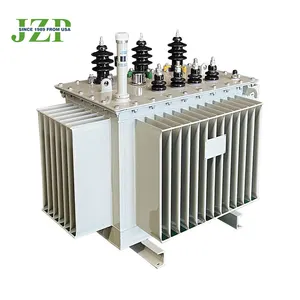

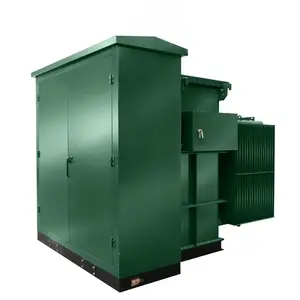


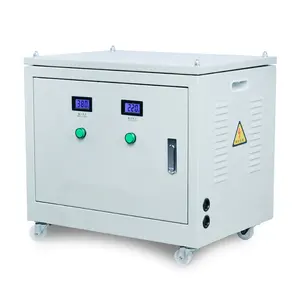
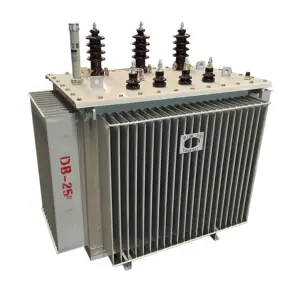


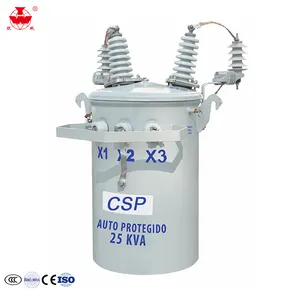
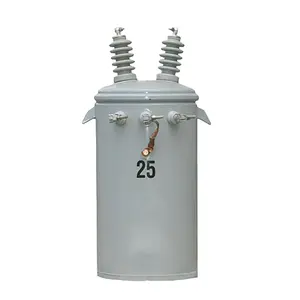



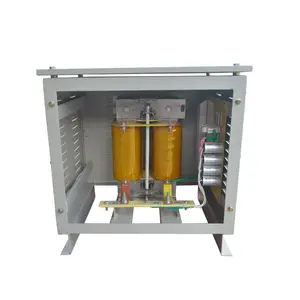







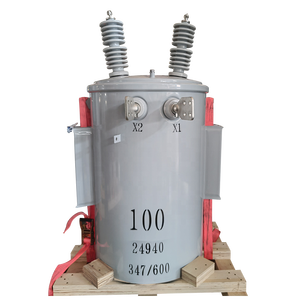














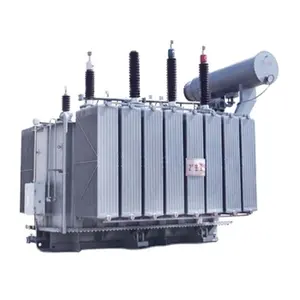

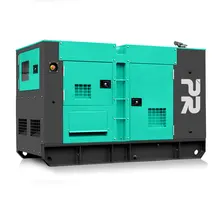

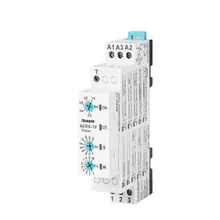























 浙公网安备 33010002000092号
浙公网安备 33010002000092号 浙B2-20120091-4
浙B2-20120091-4